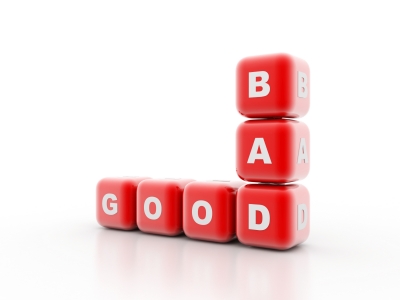Good debt vs. bad debt
Debt is a concept as intricately intertwined with America these days as baseball, Mom and apple pie.
The amount of personal debt in this country is ever-increasing, and a large part of the reason is that credit has never been easier to get. Whereas credit card issuers previously looked for customers who could repay, today card issuers relish the chance to reel in those who'll continuously charge beyond their means at 18 percent or 20 percent.
But debt is a complex concept. Not all of it is good -- a fact a surprising number of Americans fail to realize until they're in the hole -- and yet not all of it is bad. When used intelligently, debt can be of tremendous assistance in building wealth.
One of the secrets, therefore, to being smart with your money is to differentiate between good debt and bad debt. While the differences often seem logical, it is a logic that apparently is missed by many Americans.
"When you buy something that goes down in value immediately, that's bad debt," says David Bach, CEO of Finish Rich Inc., and author of "The Finish Rich Workbook." "If it has no potential to increase in value, that's bad debt."
Good debt
Robert D. Manning, a professor of finance at the Rochester Institute of Technology, also recommends taking on debts that are tax-deductible and debts that produce more wealth in the long run.
"If you are talking about reducing current debt, that's where it starts to get nuanced," says Manning. "If you take a home equity loan because you have 17 percent credit card, and you go with a 6 percent loan that's tax-deductible, that's good debt."
These general rules of thumb set some clear delineations -- buying a home or refinancing to get rid of excessively high rates is usually good debt, as is generating debt to buy high-return stocks, bonds and other investments.
Bad debt
The concept of bad debt comes in when discussing the purchase of disposable items or durable goods using high-interest credit cards and not paying the balance in full."The trouble is most people are not organized enough to retire the entire balance before the due date," says Gelb.
Every month that you make a partial payment on your credit account you are charged interest. The disposable or durable item you purchased continues to lose value, and the amount you paid for it continues to increase.
"When you buy clothes, they're probably worth less than 50 percent what you pay for them when you walk out the door," says Bach. "So if you borrowed to pay for them, that's bad debt."


![[Most Recent Quotes from www.kitco.com]](http://goldprice.org/NewCharts/gold/images/gold_1d_g_MYR.png)